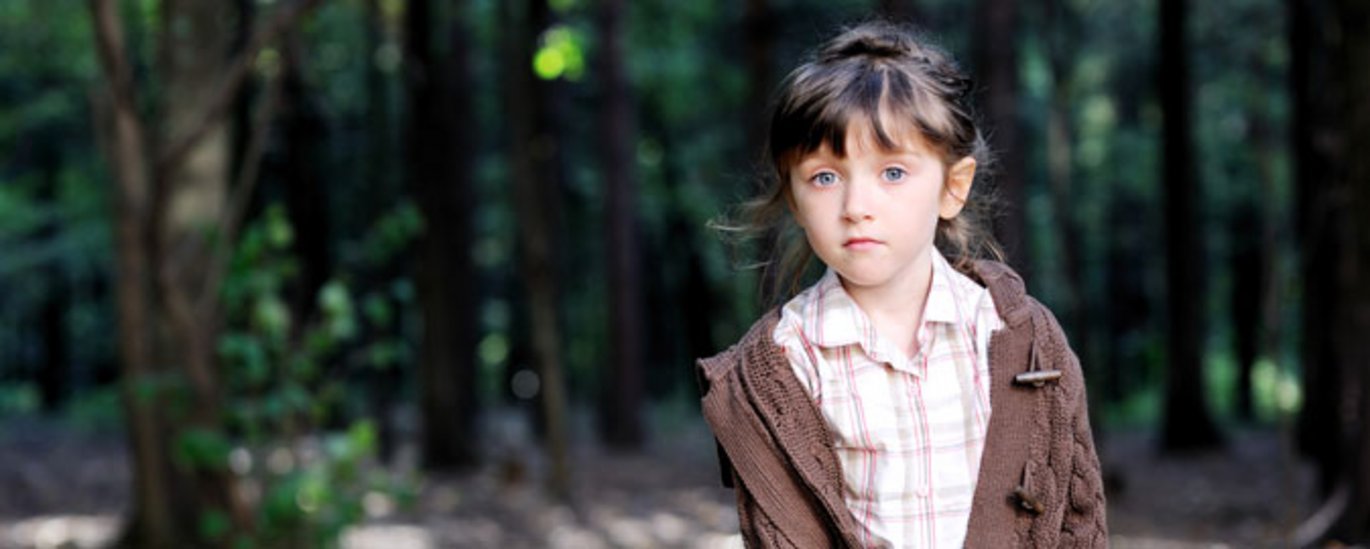CHILDREN WITH ANXIETY DISORDERS CANNOT GET TREATMENT IN DENMARK
Treating children with anxiety disorders is not being given sufficient priority in Denmark. This is the reality, despite the fact that researchers have established that the treatment is effective and treatment options are in high demand. Treating these children would likely ease the economic burden on society as well.

Since the establishment of the Anxiety Disorder Clinic for Children and Adolescents at the Department of Psychology and Behavioural Sciences at Aarhus University in 2009, 254 children and adolescents have been treated at the clinic. Many children and adolescents suffering from anxiety disorders are on the waiting list for cognitive group therapy at the Anxiety Disorder Clinic. The high demand is due to the fact that there are currently no public treatment options available to children and youth in Denmark, and this is severely problematic given that anxiety is the most common mental disorder among this age group.
The treatment works
The results of the group therapy programme at the Anxiety Disorder Clinic are very positive: after receiving treatment at the clinic, 60-70 per cent of the patients get rid of their anxiety disorders and come to live perfectly ordinary lives. Therefore, it is a major problem that there are no public treatment options available. The clinic can only offer treatment to children and adolescents as part of ongoing research projects, and the patients are not assigned one specific therapist.
But the most significant part of the problem is that the children seem to fall between two stools: their problems are not so severe that the public psychiatric facilities can help them, so they are only treated if they have another diagnosis as well or if they have received treatment elsewhere to no effect.
Some children are given a brief account of their diagnosis and are sent home, where they fall under the responsibility of the municipalities again. But the municipalities have no treatment options to offer. And then, all that is left are the local PPR offices, which merely serve to offer diagnoses and cannot treat patients. There is not much help available to these children suffering from anxiety disorders, despite the fact that the treatment they need is not very extensive and it has proven to be very effective.
Major economic burden on society
If we consider the issue from a socio-economic perspective, it is clear that not treating these children can come to be a major economic burden on society: parents may be forced to call in sick or take a leave of absence to take care of their children. If childhood anxiety goes untreated, there is a great risk that these children will continue into adulthood suffering from anxiety, depression or develop addictions.
“It’s hard to do research in this area, because it’s unethical to allow people to continue without treatment for ten years, for example, so we don’t have the option of doing experiments as such. But we can say, with great certainty, that a child with these kinds of problems will also develop problems as an adult, if it goes untreated,” explains Mikael Thastum, who is head of the Anxiety Disorder Clinic at Aarhus University.
It doesn’t take a lot
At the Anxiety Disorder Clinic they do group therapy in groups of six children over the course of ten two-hour sessions. So, clearly treating anxiety disorders in children does not cost much.
It is, however, very important to consider how these children are treated, to apply the right treatment measures and principles, if we want them to get rid of their disorders. The question is whether we want society to give priority to such treatment options and make room for it in the budget.
Facts
The Anxiety Disorder Clinic for Children and Adolescents was established in 2009 and primarily offers cognitive group therapy to children and adolescents (along with their parents) suffering from anxiety disorders. The clinic is part of the Department of Psychology and Behavioural Sciences at Aarhus University, School of Business and Social Sciences.
Anxiety is the most frequent mental disorder among children and adolescents in Denmark. Between 2.5 and 5 per cent of all Danes under the age of 18 suffer from severe anxiety disorders.